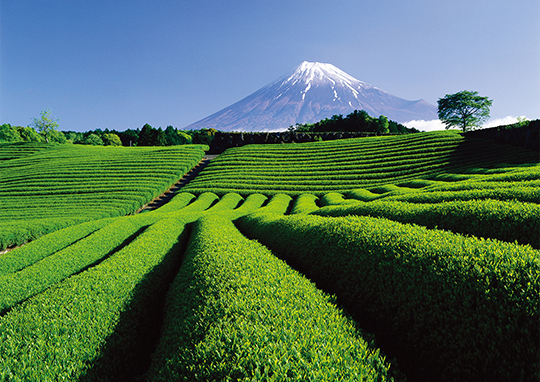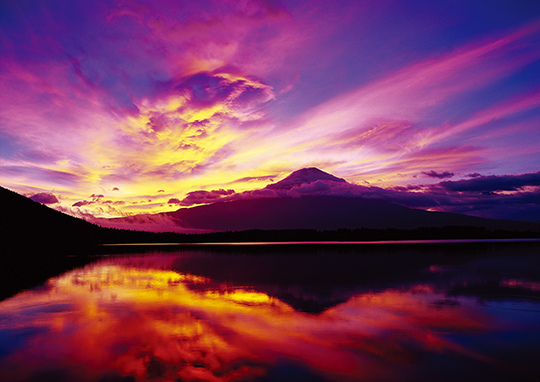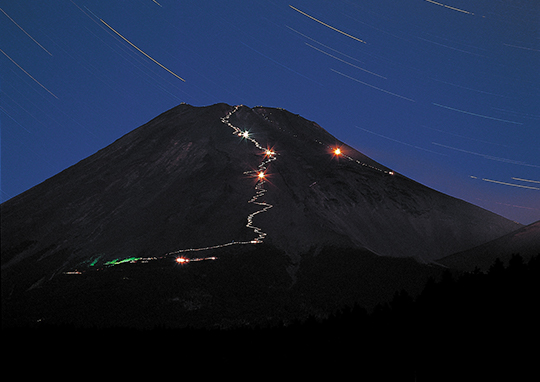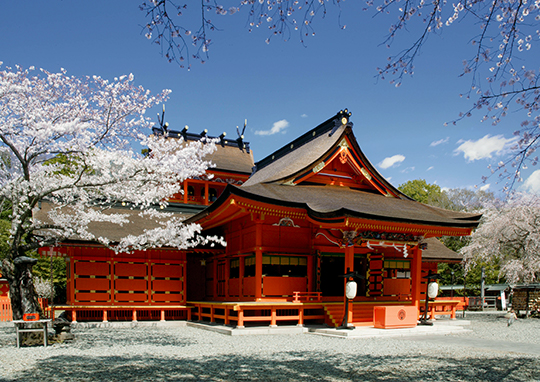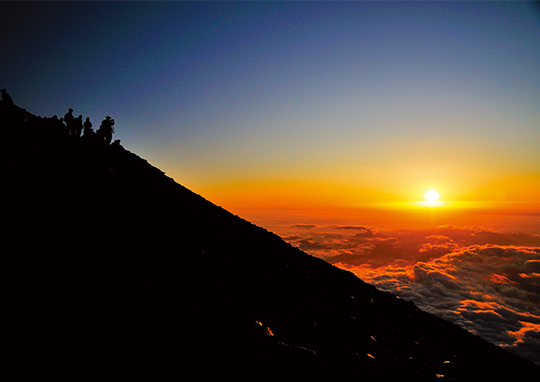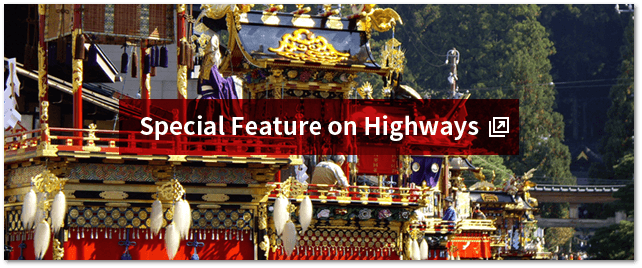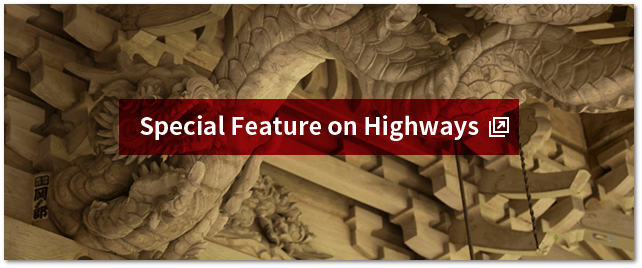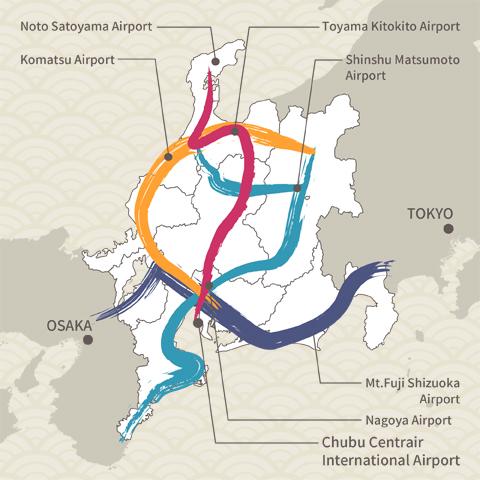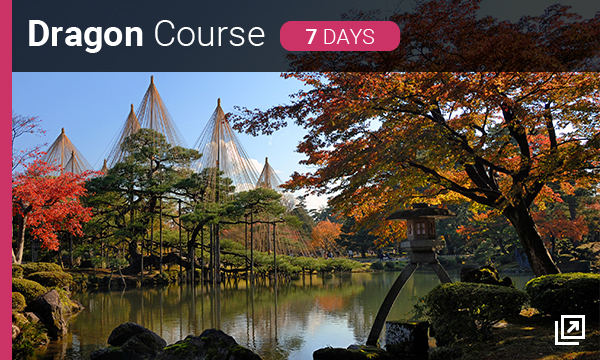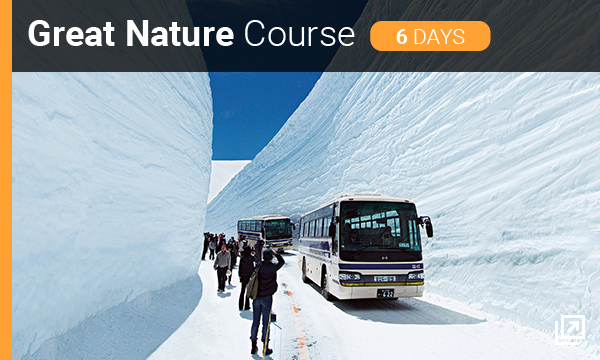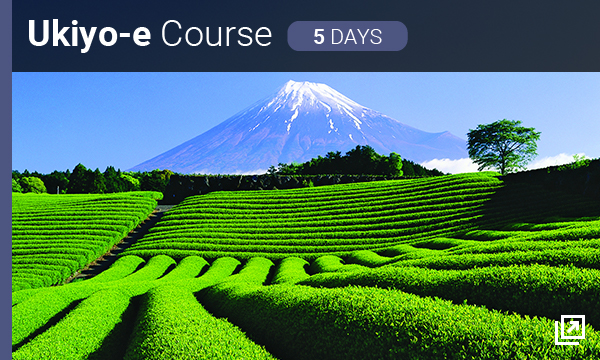Mount Fuji


Recommended activities and seasons


Enjoy Natural Scenery:Mountainous scenery
Encounter History and Tradition:Historic building
Get Some Exercise:Mountain climbing

Spring / Summer / Autumn / Winter
Climbing Japan’s highest mountain and most recognizable landmark.
Visited constantly by a never-ending stream of sightseers and hikers from throughout Japan and around the world, Mount Fuji is Japan’s most recognizable landmark. An active volcano straddling the border of Shizuoka and Yamanashi Prefectures, it is the highest mountain in Japan, with a summit reaching 3,776.24 meters. The snow-capped beauty of Mount Fuji is a wonder to behold from any angle, and as the subject of countless works of art since ancient times, virtually never fails to evoke an emotional response. In fact, the description on its 2013 World Heritage Site registration reads: Fujisan, sacred place and source of artistic inspiration. Together with Mount Haku in Toyama and Mount Ontake in Nagano, it is one of Japan’s Three Holy Mountains as well as one of the 100 Famous Japanese Mountains.
Drawn by its size and beauty, roughly 250,000 mountaineers climb Mount Fuji every year. There are four different routes to the summit (the Yoshida route, the Subashiri route, the Gotemba route, and the Fujinomiya route), but on each of the routes most climbers start from the 5th station.
Summertime circling of the mouth of the volcano on a holy mountain.
Since ancient times, it has been said that Asama-no-okami, the gods of the volcanos, are enshrined in Mount Fuji. Simply put, this is an expression of the belief that Mount Fuji itself is a deity. Asama Taisha is the headquarters of some 1,300 shrines throughout Japan dedicated to the worship of Mount Fuji as a principle deity. Although the main shrine is located in the city of Fujinomiya, Shizuoka , the slopes of Mount Fuji after the 8th station are considered within the precincts of the Mount Fuji Asama Taisha Inner Shrine, located at the summit. In July of each year, a mountain opening ceremony is celebrated, after which a member of the Shinto clergy is in residence until the end of August to pray for the safety of believers and pilgrims as well as for the security of the nation. The clergy will also perform ceremonies offering supplications for safety and harmony in the home. A festival is held annually on August 15, and the clergy retire from their mountain outpost when the mountain closes in September.
Mount Fuji is both a challenge for mountaineers and a holy site for believers. Ohachimeguri, the custom of circling the mouth of a volcano, can only be experienced during the summer months. Mount Fuji’s popularity with mountaineers and importance to believers of Shinto make it one of Japan’s most recognizable landmarks.
Mount Fuji
Address |
Fujinomiya-guchi Awakura, Fujinomiya, Shizuoka Prefecture
Gotemba-guchi Nakabata, Gotemba, Shizuoka Prefecture
Subashiri-guchi Subashiri, Oyama-cho, Sunto-gun, Shizuoka Prefecture |
Hours |
Although round-the-clock climbing is possible, allow adequate time to climb and return safely and comfortably. |
Closed |
Early Sep. - early Jul. |
Cost |
Fujisan Conservation Donation Campaign
1000 yen (basic amount) (requested of those ascending to Mount Fuji 5th Station and above. Donations by children and people with disabilities are not compulsory but if possible, please make even a reduced contribution.) |
Phone |
Fujinomiya City Tourist Association 0544-27-5240
Gotemba City Tourist Association 0550-83-4770
Oyama Town Tourism Association 0550-76-5000 |
Access |
Fujinomiya-guchi By Mountain Bus from JR Fujinomiya Sta. to Fujinomiya-guchi Trail 5th Sta., about 80 min
Gotemba-guchi By Mountain Bus from JR Gotemba Sta. to Gotemba-guchi New Trail 5th Sta., about 40 min
Subashiri-guchi By Mountain Bus from JR Gotemba Sta. to Subashiri Trail 5th Sta., about 60 min |
Web site |
http://www.fujisan-climb.jp/ |


Other Spots

-

Kurobe Gorge

Toyama

Natural Scenery
Onsen
Exercise
Spring
Summer
Autumn
-
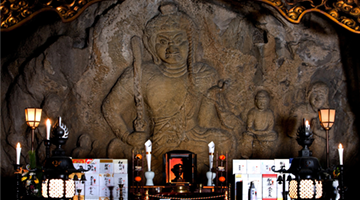
Oiwasan Nissekiji Temple

Toyama

Natural Scenery
History and Traditions
Onsen
Spring
Summer
Autumn
-
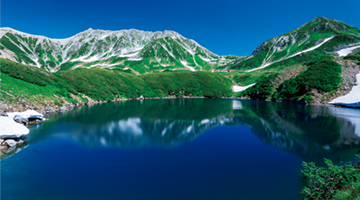
Tateyama Kurobe Alpine Route

Toyama

Natural Scenery
History and Traditions
Onsen
Exercise
Spring
Summer
Autumn
-
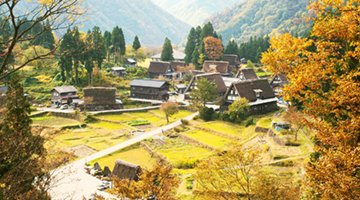
Gokayama

Toyama

History and Traditions
Spring
Summer
Autumn
Winter
-

Shirayama Hime Shrine

Ishikawa

Natural Scenery
History and Traditions
Exercise
Spring
Summer
Autumn
Winter
-
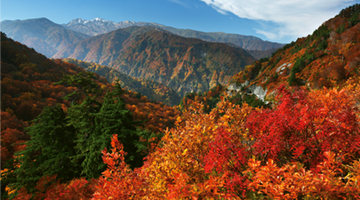
Hakusan Shirakawa-go White Road

Ishikawa

Natural Scenery
Exercise
Spring
Summer
Autumn
-
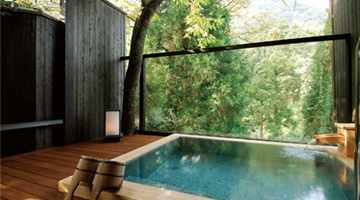
Kaga Hot Spring Village

Ishikawa

Onsen
Spring
Summer
Autumn
Winter
-

Eiheiji Temple

Fukui

History and Traditions
Spring
Summer
Autumn
Winter
-
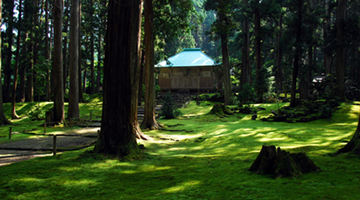
Hakusan Heisenji Shrine

Fukui

History and Traditions
Exercise
Spring
Summer
Autumn
-
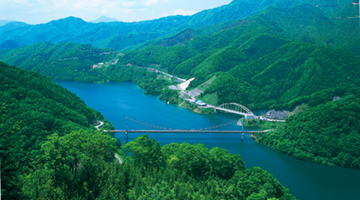
Lake Kuzuryu

Fukui

Natural Scenery
Spring
Summer
Autumn
-
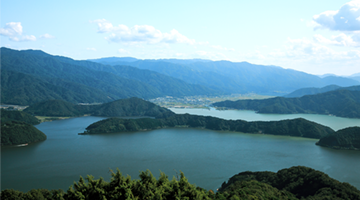
Rainbow Line Summit Park

Fukui

Natural Scenery
Exercise
Spring
Summer
Autumn
Winter
-
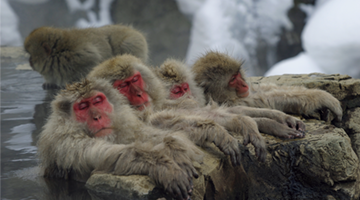
Jigokudani Yaen-Koen

Nagano

Natural Scenery
Spring
Summer
Autumn
Winter
-
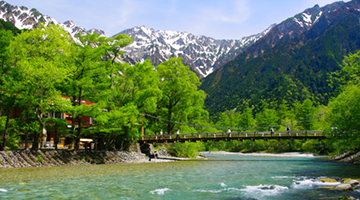
Kamikochi

Nagano

Natural Scenery
Exercise
Spring
Summer
Autumn
-

Togakushi Kodo

Nagano

Natural Scenery
History and Traditions
Exercise
Spring
Summer
Autumn
Winter
-
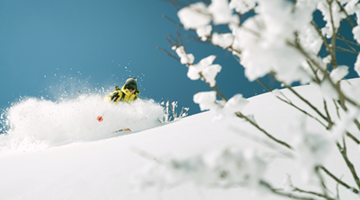
HAKUBA VALLEY

Nagano
-

Heavens Sonohara

Nagano

Natural Scenery
Exercise
Spring
Summer
Autumn
Winter
-

Akasawa Natural Recreational Forest

Nagano

Natural Scenery
Exercise
Spring
Summer
Autumn
-
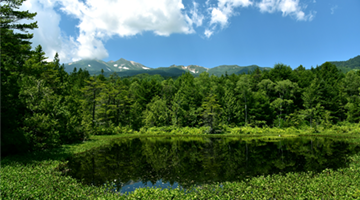
Norikura Highlands

Nagano

Natural Scenery
Onsen
Exercise
Spring
Summer
Autumn
Winter
-
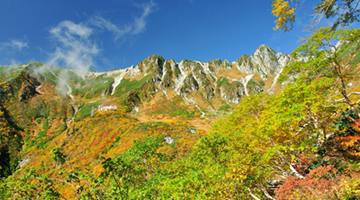
Senjojiki Cirque

Nagano

Natural Scenery
Exercise
Spring
Summer
Autumn
Winter
-
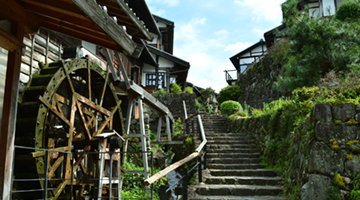
Magome-juku

Gifu

Natural Scenery
History and Traditions
Exercise
Spring
Summer
Autumn
Winter
-

The Waterfalls of Osaka

Gifu

Natural Scenery
Exercise
Spring
Summer
Autumn
Winter
-
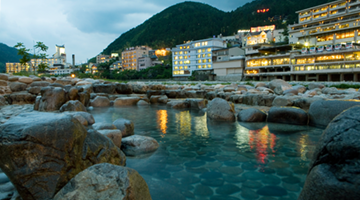
Gero Onsen

Gifu

Onsen
Spring
Summer
Autumn
Winter
-
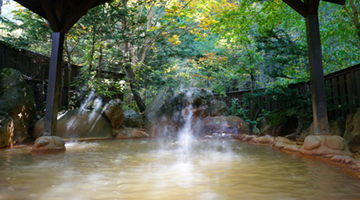
Okuhida Hot Spring Village

Gifu

Onsen
Spring
Summer
Autumn
Winter
-

Shinhotaka Ropeway

Gifu

Natural Scenery
Onsen
Exercise
Spring
Summer
Autumn
Winter
-
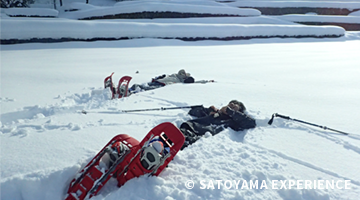
SATOYAMA EXPERIENCE

Gifu

Natural Scenery
Exercise
Spring
Summer
Autumn
Winter
-

Yoro Park

Gifu

Natural Scenery
Exercise
Spring
Summer
Autumn
Winter
-
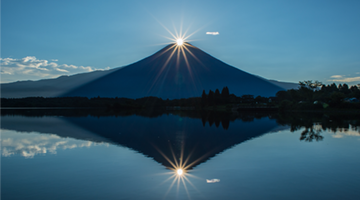
Mount Fuji

Shizuoka

Natural Scenery
History and Traditions
Exercise
Spring
Summer
Autumn
Winter
-
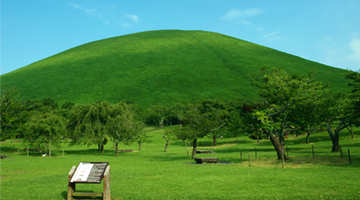
Izu Peninsula Geopark

Shizuoka

Natural Scenery
Exercise
Spring
Summer
Autumn
Winter
-
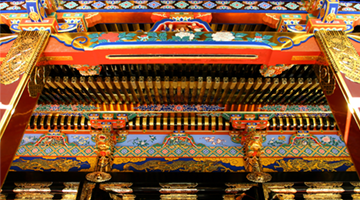
Kunozan Toshogu Shrine

Shizuoka

History and Traditions
Spring
Summer
Autumn
Winter
-
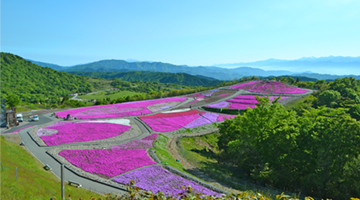
Chausuyama Highlands

Aichi

Natural Scenery
Exercise
Spring
Summer
Autumn
Winter
-
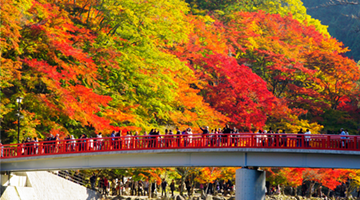
Korankei Gorge

Aichi

Natural Scenery
Exercise
Spring
Summer
Autumn
-
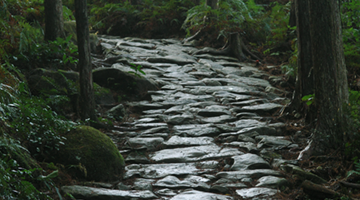
Kumano Kodo Pilgrimage Routes

Mie

Natural Scenery
History and Traditions
Exercise
Spring
Summer
Autumn
Winter
-

Mount Asama

Mie

Natural Scenery
History and Traditions
Exercise
Spring
Summer
Autumn
-
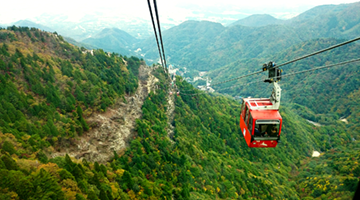
Mount Gozaisho

Mie

Natural Scenery
Exercise
Spring
Summer
Autumn
Winter
-
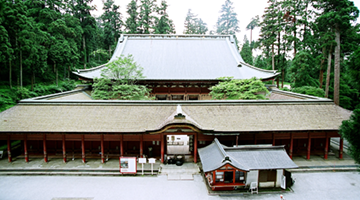
Enryakuji Temple on Mount Hiei

Shiga

History and Traditions
Spring
Summer
Autumn
Winter
-
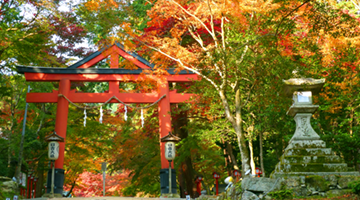
Hiyoshi Taisha Shrine

Shiga

History and Traditions
Spring
Summer
Autumn
Winter
-
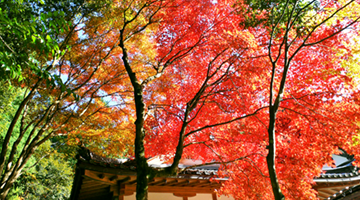
Kotosanzan

Shiga

History and Traditions
Spring
Summer
Autumn
Winter

See Other Routes

The Four Shoryudo Routes
















